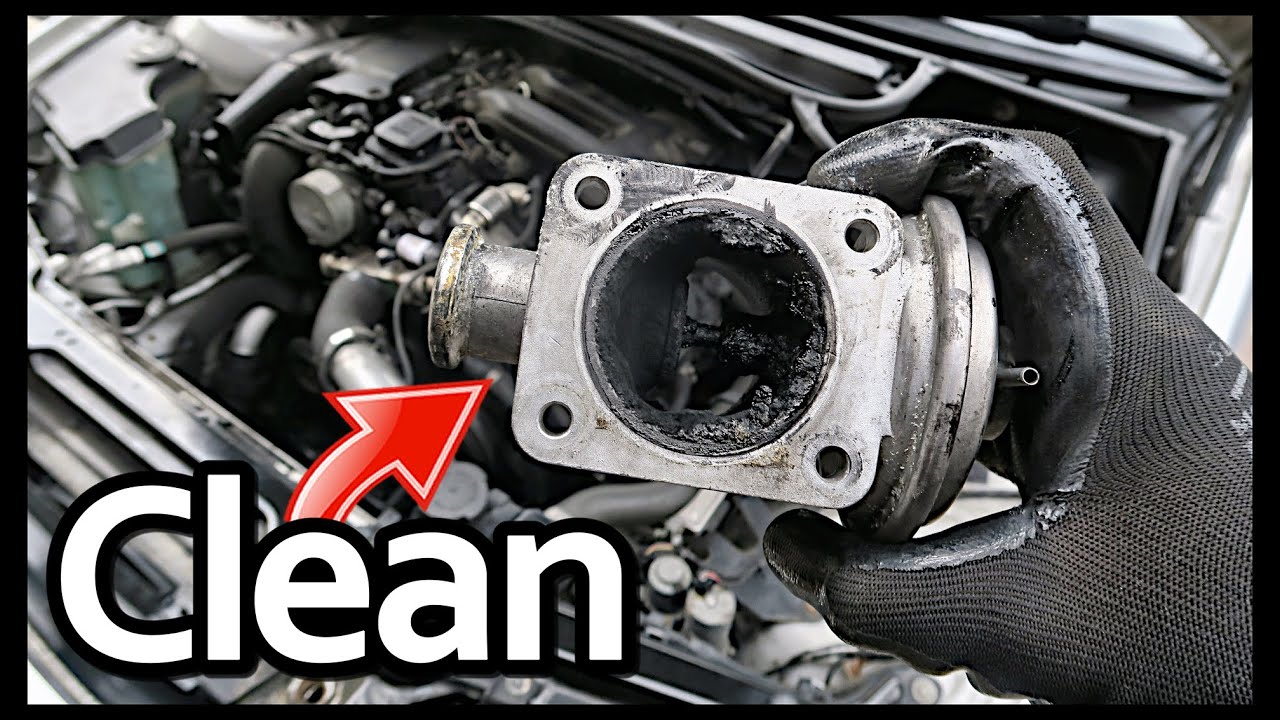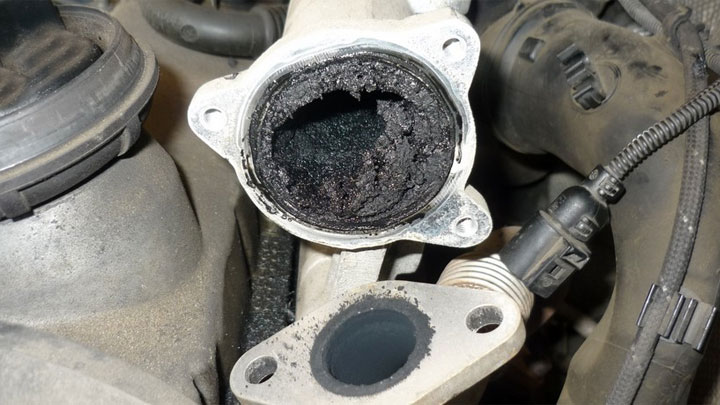What is EGR valve?
EGR stands for exhaust gas recirculation. The EGR valve is a key component of this system which reduces the temperature of the exhaust gases produced when fuel is burned in the engine and the release of nitrogen oxides into the environment. During exhaust gas recirculation a portion of the exhaust gases produced are returned to the intake side of the engine through a pipe and the valve and re-enter the combustion chamber with the fresh air. The exhaust gases which are low in oxygen and high in carbon dioxide displace the fresh air in the intake manifold which reduces the oxygen content of the gases being recirculated. The recirculated exhaust gases don’t participate in the combustion process but must be reheated i.e. they absorb heat energy which cools down the overall combustion temperature.
EGR valve task
Exhaust gas recirculation doesn’t happen all the time but only in the part load range when the engine is running lean. After a cold start, during the warm up phase or when the engine is running at full load exhaust gas recirculation makes no sense. The EGR valve is needed to control exhaust gas recirculation. It opens and closes the connection between the exhaust manifold and the intake manifold. The valve is located on the engine usually near the exhaust manifold. Through control electronics it’s possible to activate exhaust gas recirculation only under certain load conditions and engine temperatures and deactivate it in driving situations where it makes no sense.
When a defect occurs in the exhaust gas recirculation system
If the EGR valve is defective, there will be a significant deterioration in exhaust gas values as well as a deterioration in driving behavior. Idling problems, jerking or loss of power may occur. If necessary, the engine control unit may also go into emergency mode. If the valve is defective, problems may arise during the emissions test. However, in most cases the driver will visit a workshop before this happens, because the driving behavior deteriorates significantly due to poor throttle response and a sometimes severe loss of power.
Causes of a defective EGR valve
The most common cause is a blockage of the EGR valve, caused by contamination due to soot that occurs during combustion of the fuel-air mixture. Over time, the exhaust gases leave heavy traces inside the valve, which can cause it to stick. Sooting of the EGR valve is particularly common in diesel engines. Defects or problems can also be caused by damaged cable connections or seals, as well as leaking connecting lines and hoses. Depending on the position in which the EGR valve remains due to the soiling, various fault symptoms can occur. For example, if it remains open all the time, the engine draws in a high proportion of exhaust gas, while the amount of fresh air drawn in decreases. The electronic control unit for engine management then lowers the amount of fuel injected, which in turn reduces engine performance. Some vehicles indicate the defect by lighting up the engine control light.

Cleaning and replacing the EGR valve
In principle, it is possible to clean the valve. However, this should at best be done as a preventive measure. In the event of a defect, cleaning is no longer of any use and the valve must be replaced, as must the seals located on the valve. Improper cleaning can also cause further damage to the exhaust gas recirculation system. The cost of replacement depends on the type of vehicle. In principle, the replacement can also be carried out yourself. However, it is advisable to visit a specialist workshop. The workshop can check the EGR valve and other parts of the engine control system and determine whether any possible impairment when driving is actually attributable to the component.




